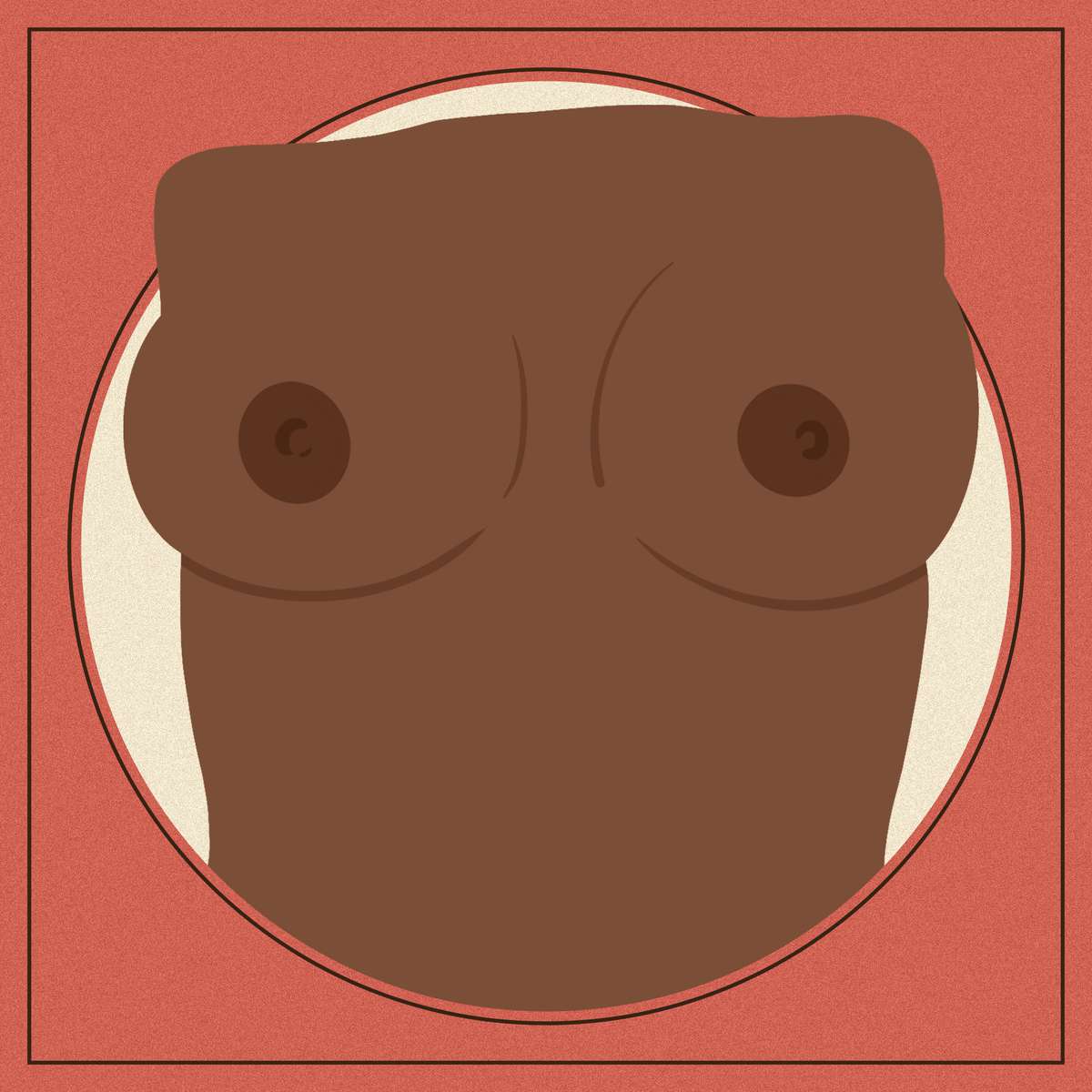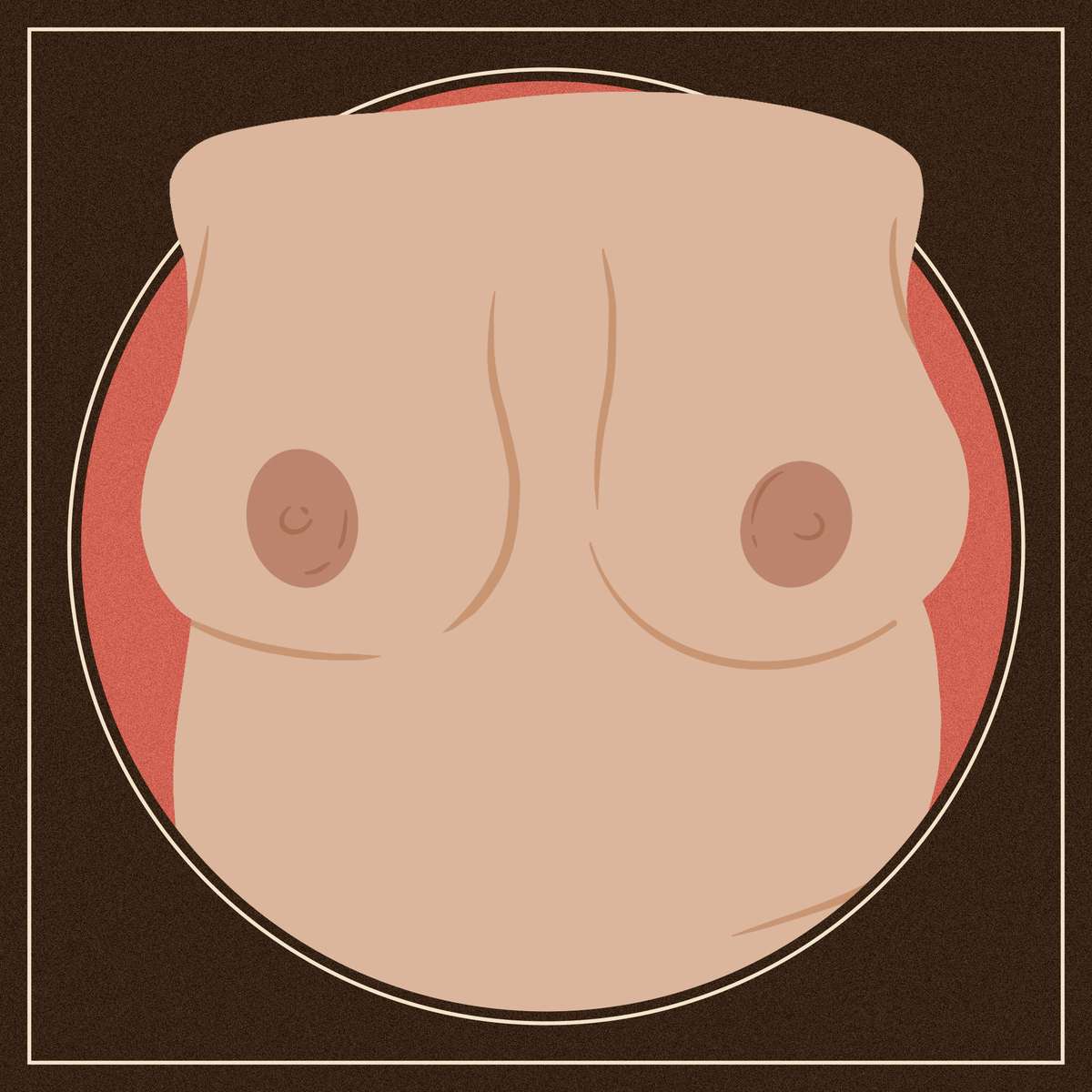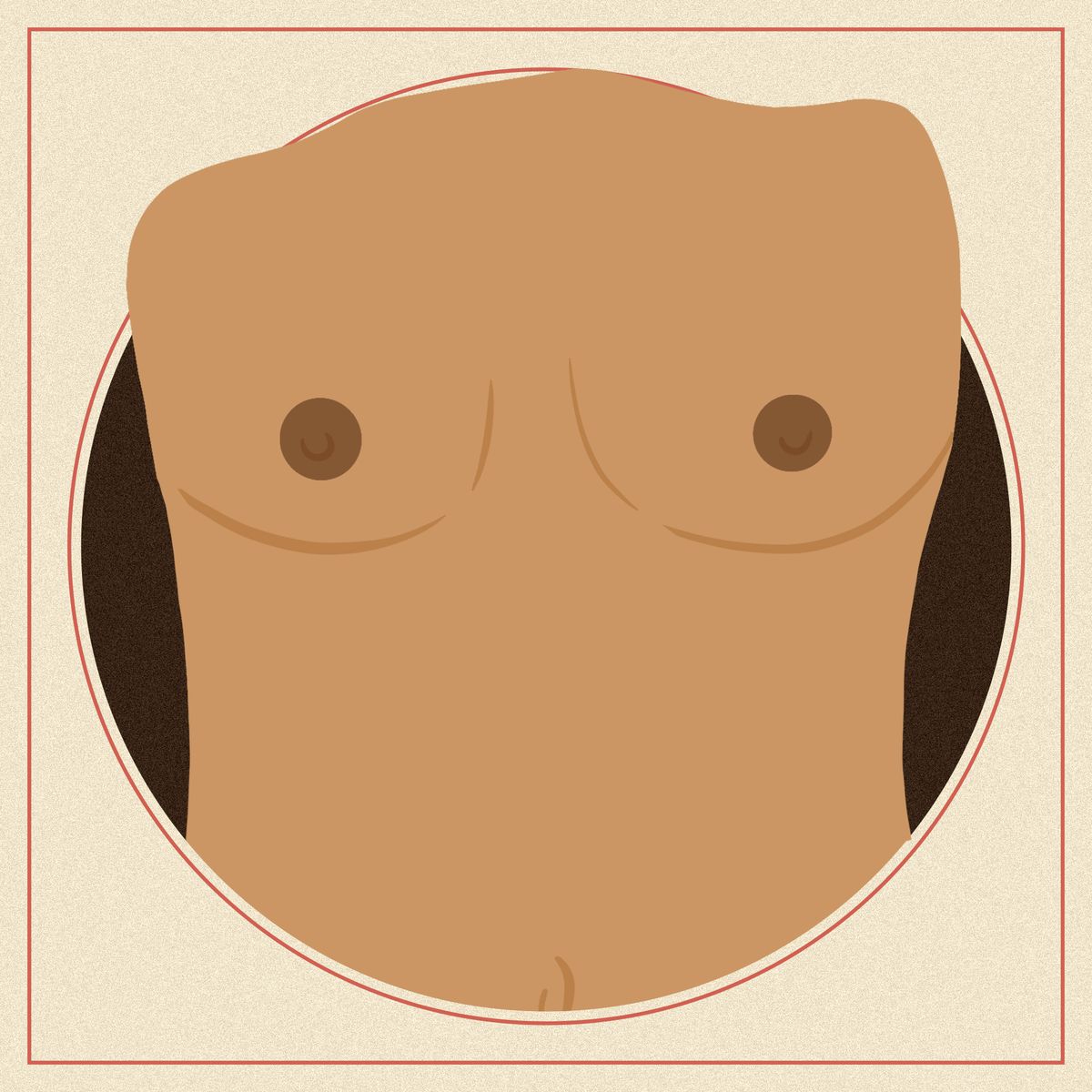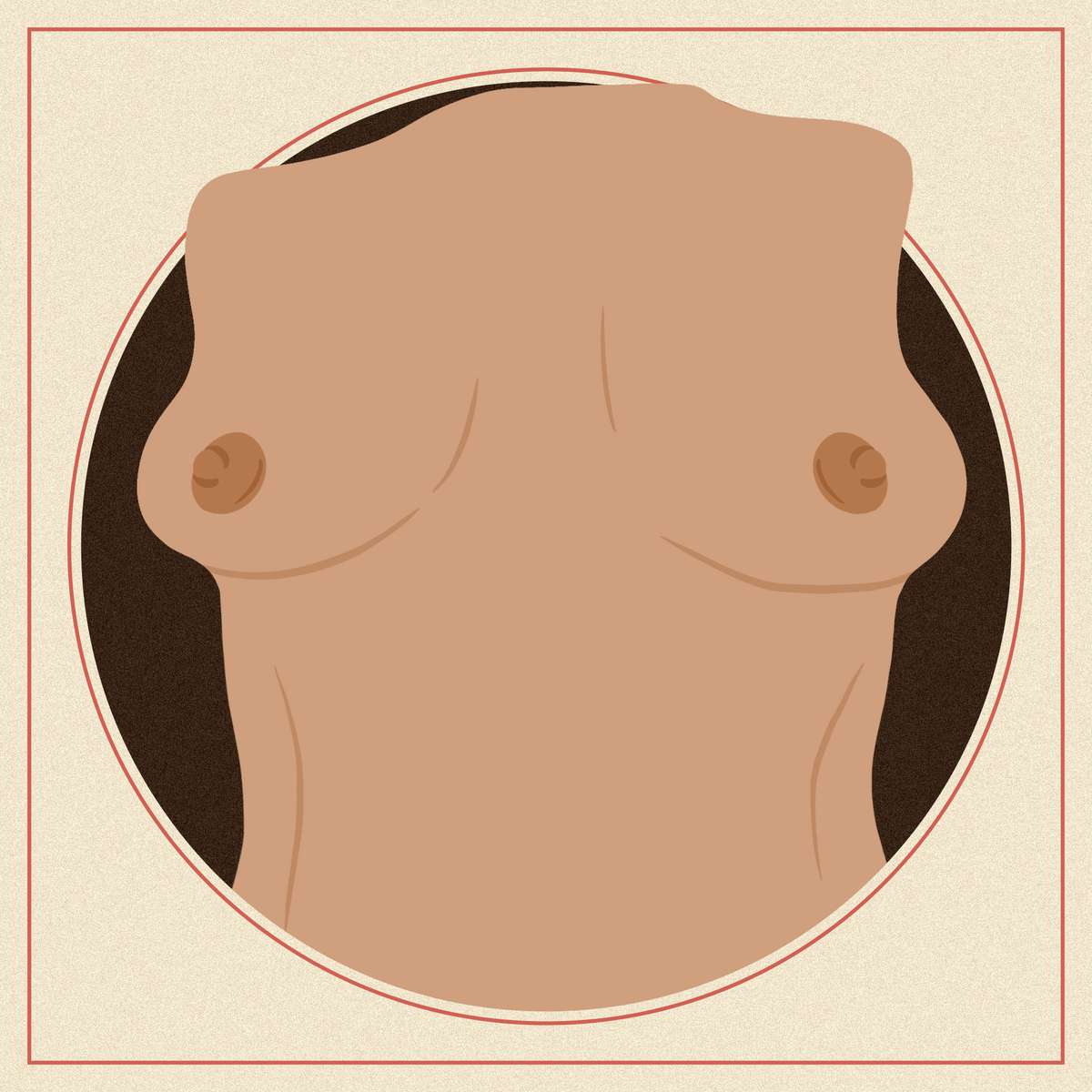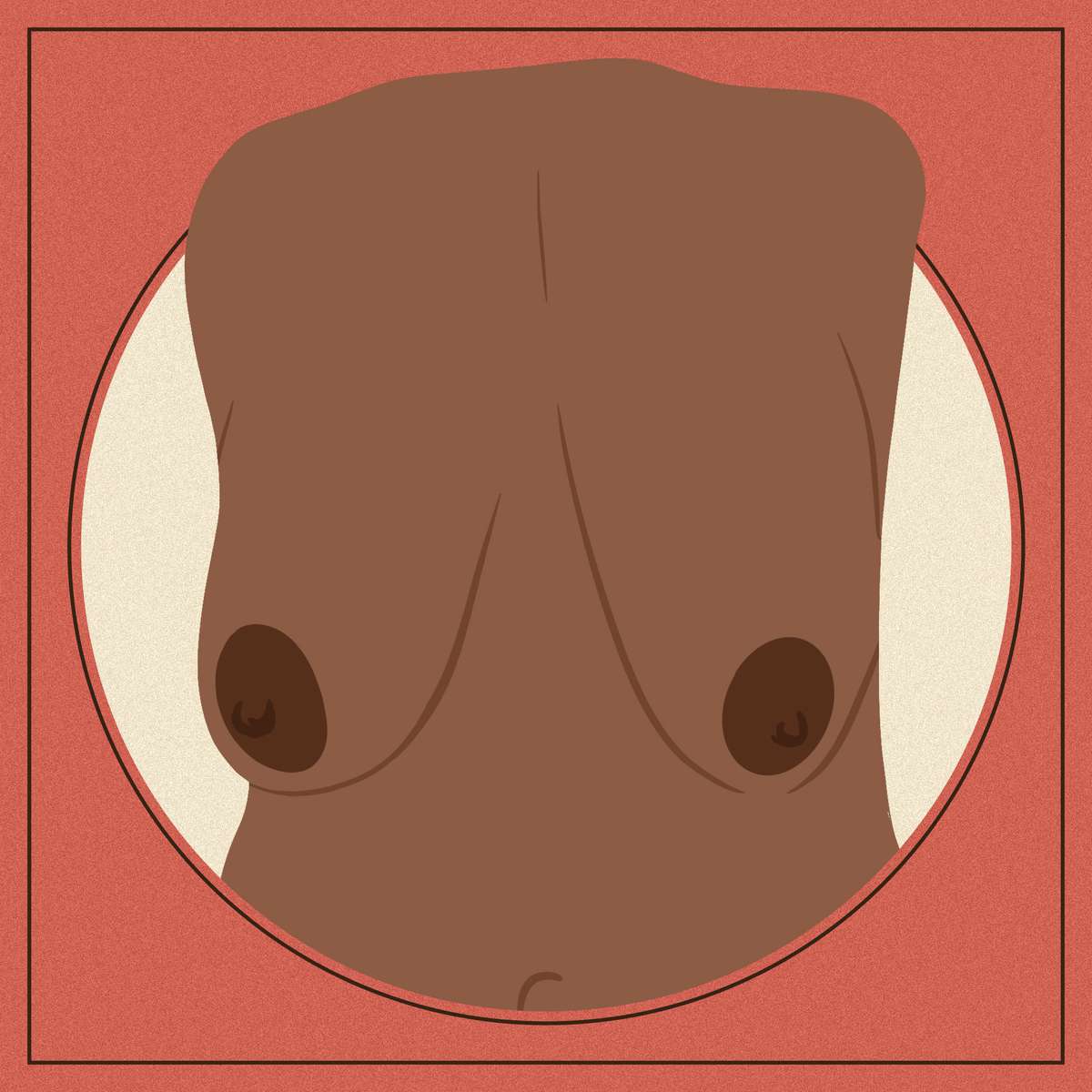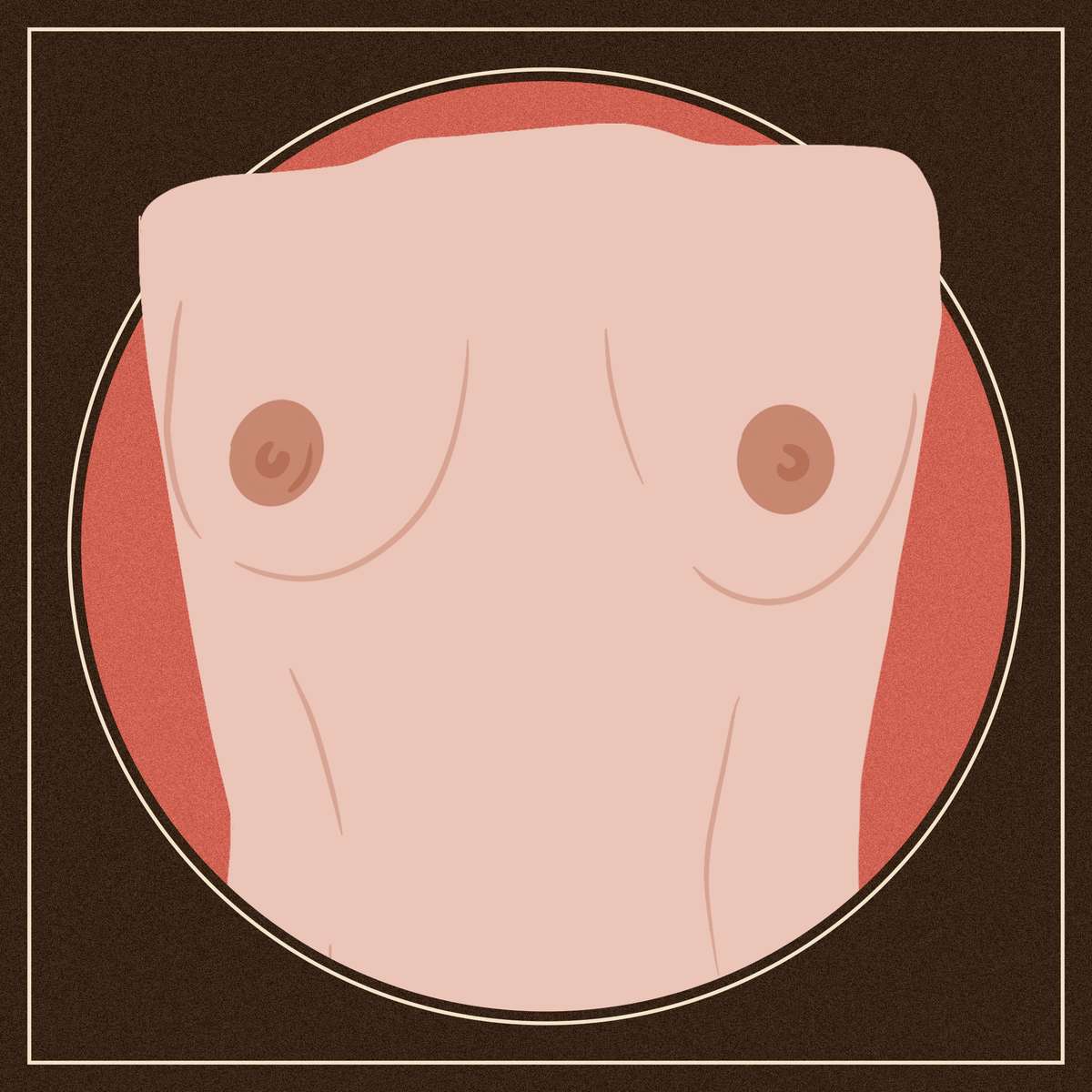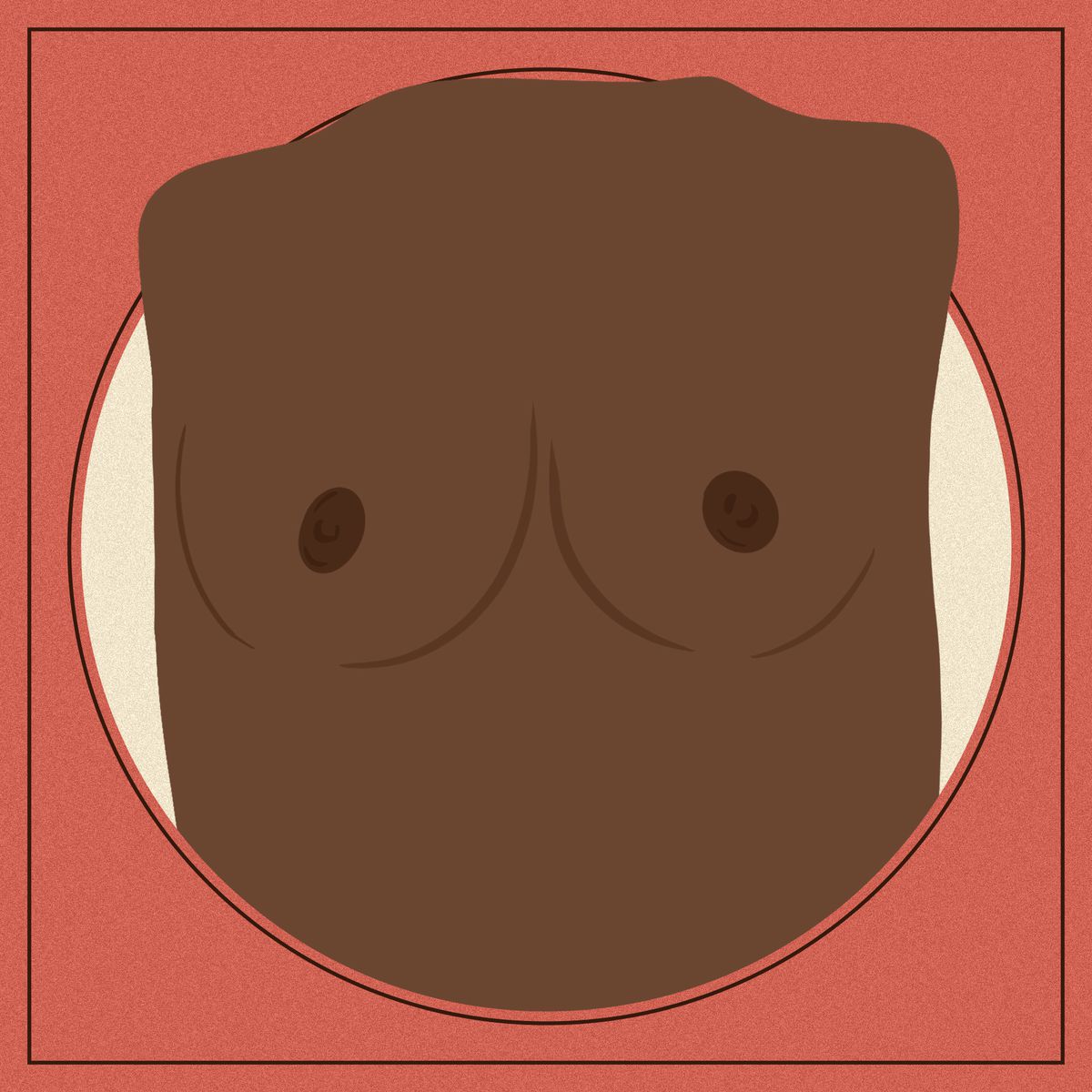There Are Actually 10 Types Of Boobs — Here's What You Need to Know About Each
Boobs are like snowflakes — rarely are two ever identical. "No two people have the exact same breast tissue," explains Sherry Ross, M.D., ob-gyn at Providence Saint John's Health Center in Santa Monica, CA. On top of that, it's common to have breasts that aren't the exact same size or shape as one another, even to the point where you might be two different cup sizes.
If you're reading this and thinking, "that's me!" welcome. It's time to get acquainted with the most common types of boobs (which are all totally normal, btw). Just follow along with the descriptions that can help identify your type or types based on how close your breasts are together, how they sit on your chest, or which way the nipples are facing. Now might be when you find out you have east-west and slender boobs, or maybe none of the exact types below.
Also, boobs are always subject to change, so don't be alarmed if you notice variations in the size or shape of your breasts, especially around your period, says Jasmine Pedroso, M.D., MPH, an ob-gyn at Kindbody San Francisco. There may also be other hormone-related shifts in your breasts that could happen during pregnancy, breastfeeding, menopause, and while taking birth control. In general, your genetics and weight determine your breast size and shape, explains Dr. Ross, so any fluctuations in your weight may affect your boobs. Even exercising a certain way (those chest presses!) could spur changes in your boob shape — see "athletic".
Here are the types of boobs you might have, according to ob-gyns, plus how to become more familiar with your breast size and shape on a regular basis.
Asymmetric
Most boobs are not going to be the same size and shape as one another. If you have asymmetrical breasts, one breast is very different from the other. One could look larger or be shaped slightly differently than the other, and you could even need a specialized bra.
Round
Round boobs are typically symmetrical, and look like they match. The shape is circular, and there's pretty much equal fullness all around. Oftentimes, if people have breast augmentations or breast reconstructive surgeries, they aim for a round shape.
Teardrop
Teardrop-shaped boobs are slightly different than round. They are also rounder in shape, but are less full at the top and fuller at the bottom. It's likely that people who have a teardrop shape have breasts that are larger in size, but that's not always the case.
Slender
With slender boobs, the breast tissue is not as thick, and they are thinner from side to side. It doesn't always mean that they are small, but it's more likely that they are smaller and less oval-shaped. There's typically minimal fullness all around.
Bell-shaped
The bell shape is slightly different from the teardrop shape. They're thinner at the top, more triangular, and fuller and more rounded toward the bottom. It's unlikely that they're perfectly symmetrical, either.
Athletic
Many elite athletes, and even regular gym-goers tend to have less breast tissue and more muscle mass, because athletes develop more of their chest wall (but you don't have to be an athlete to have this boob type). The breasts may appear wider and flatter rather than full or round.
East-west
East-west is less about the way the boobs are facing than the direction the nipples point. The nipples are pointing to the left or right, instead of straight ahead or downward, so it may appear as though the breasts are pushing outward as well. There's typically a wider space in between the boobs, too.
Relaxed
When it comes to relaxed boobs, the breast tissue hands downward, and the nipples are often pointing in that direction, too. This type of relaxed tissue calls for a good, supportive bra to make sure your chest is supported.
Side-set
Side-set refers to the spacing of the breast tissue — there's more chest wall in between each breast. It's not necessarily that there's less tissue overall. You could have a large chest and have each boob set further apart. People with these types of boobs may opt to wear a push-up bra to lift or bring them closer together.
Close-set
Close-set is the opposite of side-set. There isn't much space in between the breast tissue, so it may look like you naturally don't need a push-up bra. Also, there's more space in between the breasts and armpits.
How to Care for Your Breast Health
Just remember that there are going to be regular changes in your breasts monthly. "For example, the breasts may appear fuller and asymmetric prior to your period, but may return to their normal fullness after your period. These changes are likely brought about by natural hormone fluctuations throughout your cycle," Dr. Pedroso says. Keep an eye on any major differences in the shape, symmetry, the direction of the nipples, fullness, and the color or texture of the skin of your breasts, she adds, and notice how those shift during your menstrual cycle.
The best way to become familiar with your breast size, shape, and any changes to them is doing a regular breast self-exam. Dr. Ross recommends doing it at the same time each month, perhaps on day four or toward the end of your period, so that your breasts aren't too tender or sensitive. It might seem intimidating, but basically, you're doing just what your ob-gyn does during a regular check-up: using the pads of your fingers to feel around the breast tissue in a circular motion. "You're not looking for cancer — you're just looking for what your normal feels like," points out Dr. Ross. That way, you can notice anything new or different right away.
When to See a Doctor
Once you know your own normal breast size, shape, and texture, you'll be more easily able to identify any changes. Those include new lumps, of course, as well as nipple discharge, skin changes, and even pain, Dr. Ross says. Ultimately, you're your own best health advocate, so you are completely justified in bringing up even the tiniest changes to your healthcare provider.
If you notice any of the above or drastic differences in your breast size or shape, talk to your doctor, advises Dr. Pedroso. In that case, your ob-gyn might do a breast exam on you, or could refer you to get an ultrasound or mammogram to rule out anything like breast cysts or lumps (both of which can be benign), or even cancer, she adds. "Knowing our bodies in their healthy normal state, and keeping track of changes during our cycle helps us know when to seek help when things change," Dr. Pedroso says.
Source: Read Full Article

